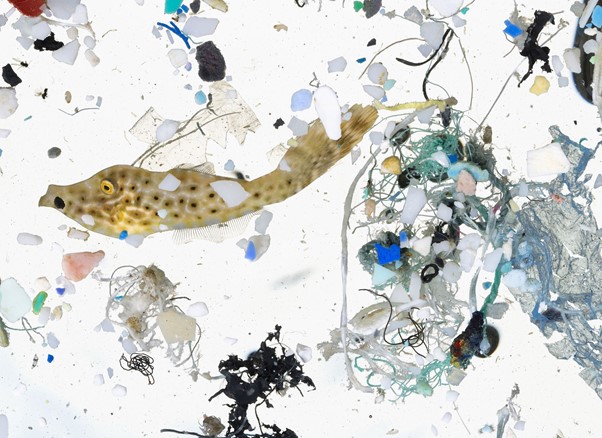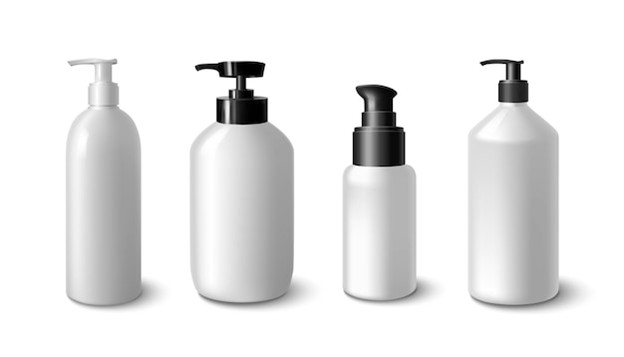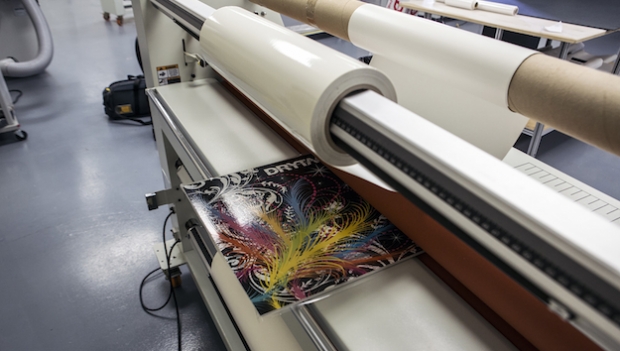
A Deep Dive Into Microplastics : Impact On Marine Environment
In 2021, anyone who shops for groceries knows to avoid the single-use plastic bag as it pollutes the environment. This blog will cover how those bags, if used, go on to break down into microplastics and why microplastic pollution is considered so harmful that we want to get rid of it altogether.
What are microplastics?
Growing concern over the past decade, the term microplastic was only introduced in 2004 and has no one consistent definition. In general, microplastics are any particle of plastic smaller than 5mm in any dimension. Microplastics further break down into nano plastics, and as far as we know, there is no end to this slow degradation. This means that no matter how long an article made of plastic is left to degrade in the environment, it might never cease to exist in a way that its presence is considered negligible or undisruptive.
There are two categories of classifications for microplastics:
PRIMARY: Manufactured in the order of the size limit; which means these are not a result of degradation of larger plastics.
SECONDARY: A result of mechanical or photo-oxidative degradation of larger plastics.
Once disposed of, plastics are processed to be broken down and the remains are released into different water bodies.
With over a century of use of plastic, especially single-use plastic, all aquatic habitats on our planet are reported to be contaminated by microplastics.
How are microplastics harmful?
Once microplastics have degraded enough, they release not only monomers but also toxic additives from the manufacturing process. These are detrimental to marine health. O state simply, the ingestion of microplastics by marine life can, ultimately, completely destroy food webs and life as we know it.
So the question is,
HOW TO REDUCE TO THE CONCENTRATION OF MICROPLASTICS IN NATURE?
- The obvious one: Switch out of plastic at every stage of the value chain as well as a product life cycle. Replace it with plant-based alternatives that can either be reused a number of times or biodegrades without creating any harmful by-products.
- Regular ocean clean-ups and efficient recycling of discarded plastic.
- Law-enforced bans of manufacture of microplastics and single-use plastics







